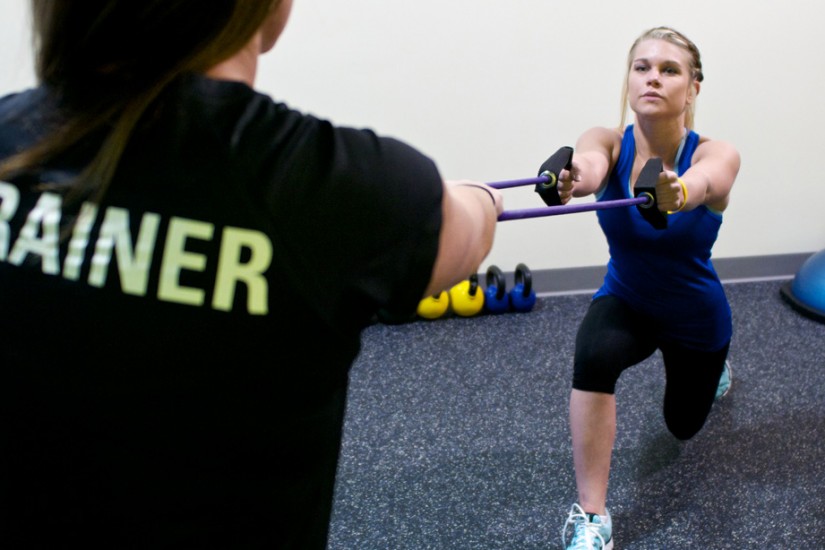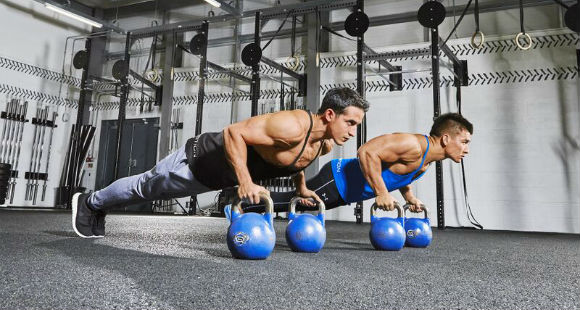Stretch yourself to a flexible body
Flexibility can be well defined as the range of motion of a joint and is generally obtained by stretching exercises. Flexibility exercise can help reduce muscle soreness, risk of injuries, bend and twist easily without much effort etc. Hence, these exercises are highly recommended before and after the work out. Flexibility of the body is achieved only by practice. Certain factors limit the flexibility like age, shape of joints, type of joints, elasticity of tendons and ligaments, bony structure etc.
Flexibility and stretching go hand in hand. The more efficiently you perform stretching exercises the more flexible you become. And the more flexible you are, the better you can stretch. Stretching exercises are of varying complexities and it is very necessary to perform these stretches in a slow and gradual manner. No stretching exercise ever consists of any jerky movements. Flexibility stretching exercises are no different. But, it should be noted that if done in the wrong way, like any other stretching exercise, flexibility stretches will also have adverse effects and might prove harmful to the body. Hence, it is suggested that you stretch only after understanding the exercise thoroughly and if possible, under the guidance of an experienced yoga trainer.
Some points have to be kept in mind while performing stretching exercises:
- Avoid stretching injured muscles.
- The stretch should be performed slowly without any jerks.
- Repeat each stretch at least 3-4 times
- Avoid stretching till you experience pain in your joints and muscles
There are different types of flexibility:
- Dynamic flexibility– Ability to perform kinetic movements through full range of motion. In this type of stretch jerky movements and stretches are avoided.
- Static active flexibility– Ability to maintain extended position using tension and without any external support
- Static passive flexibility– Ability to maintain extended position using only body weight
One of the commonly used flexibility exercise is the static stretch. It is the most simple and involves less movement of the muscles and joints. Static stretch is nowadays recommended after activity when the body is warm and when maximal stretching can occur. Static stretching after workout is said to decrease muscle soreness and increase muscle length.
E.g. of static stretch: Bicep stretch, chest stretch, back stretch, shoulder stretch, abdominal stretch.
Dynamic stretches can be done after a warm up and should be started with very low intensity which can be increased gradually. It helps in reducing muscle tightness. Dynamic stretching is generally used by tennis players. E.g. of dynamic stretch: Arm swing, side bend, full back stretch, hamstring stretch, leg swing.
Few examples of stretching exercises which help to increase flexibility are forward/backward bend, hamstring stretch, calf stretch, spine stretch, cobra pose, bow pose, abdomen crunches, etc.
There is a stretching recommended sequence which if followed can be beneficial:
- Warm up
- Dynamic stretch
- Training
- Static stretch
With regular and systematic stretching exercises, gaining flexibility is not a problem.




